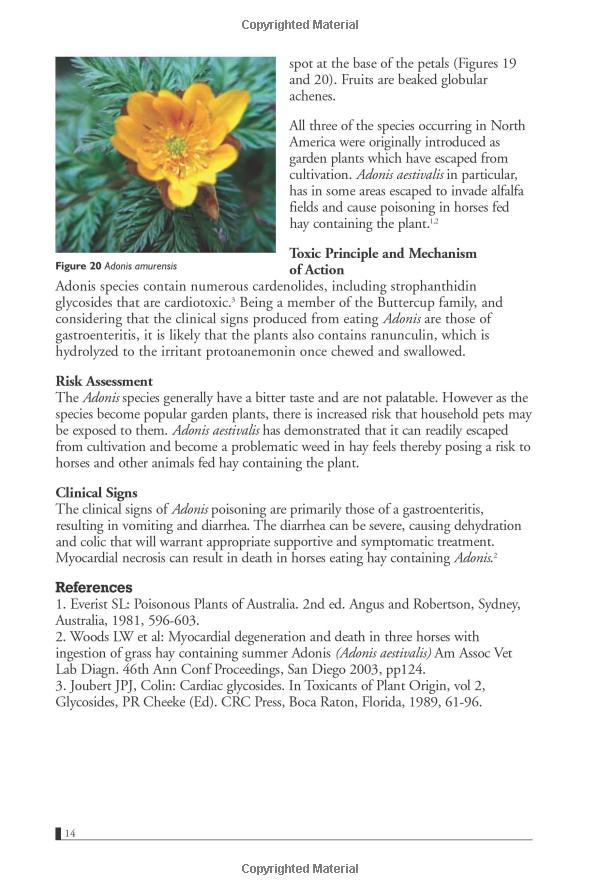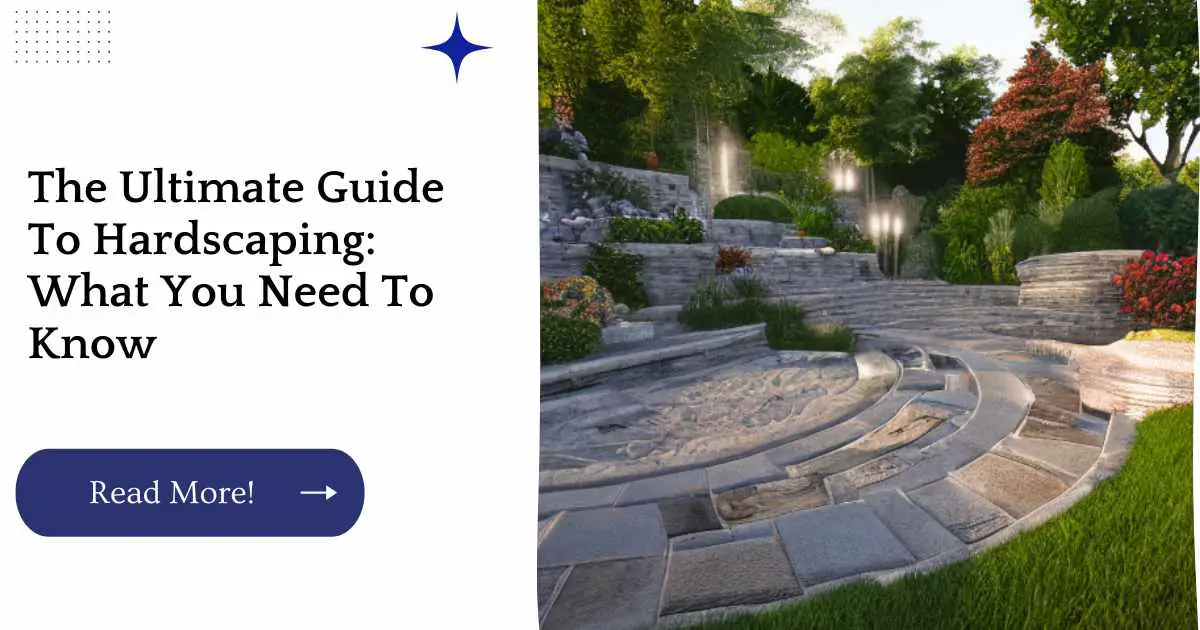"The Ultimate Guide to Attracting Pollinators: Tips and Tricks for a Thriving Garden"
#### Attracting PollinatorsAttracting pollinators is essential for a healthy and productive garden. Pollinators, such as bees, butterflies, and hummingbirds……
#### Attracting Pollinators
Attracting pollinators is essential for a healthy and productive garden. Pollinators, such as bees, butterflies, and hummingbirds, play a crucial role in the ecosystem by facilitating the reproduction of flowering plants. Without them, many of the fruits, vegetables, and flowers we love would struggle to thrive. In this comprehensive guide, we will explore effective strategies for attracting pollinators to your garden, ensuring that your plants flourish while supporting local wildlife.
#### Understanding the Importance of Pollinators
Before diving into the methods of attracting pollinators, it’s important to understand why they are vital. Pollinators are responsible for the fertilization of many crops and wild plants, which in turn supports biodiversity. They contribute to the production of over one-third of the food we consume, including fruits, nuts, and vegetables. Furthermore, pollinators help maintain the health of ecosystems, making their conservation a priority for gardeners and environmentalists alike.
#### Selecting the Right Plants
One of the most effective ways of attracting pollinators is by choosing the right plants. Native plants are particularly beneficial as they are well-adapted to the local environment and provide the necessary resources for local pollinators. Consider incorporating a variety of flowering plants that bloom at different times throughout the growing season. This ensures that there is a continuous supply of nectar and pollen for pollinators. Some excellent choices include:

- **Wildflowers**: Such as coneflowers, black-eyed Susans, and milkweed.
- **Herbs**: Like lavender, mint, and basil, which attract bees and butterflies.
- **Fruit-bearing Plants**: Such as berry bushes and fruit trees, which provide food for both humans and pollinators.
#### Creating a Pollinator-Friendly Habitat
Beyond plant selection, creating a welcoming habitat is key to attracting pollinators. Here are some tips to enhance your garden's appeal:

1. **Provide Shelter**: Pollinators need safe places to rest and nest. Incorporate native shrubs, tall grasses, and even insect hotels to offer refuge.
2. **Avoid Pesticides**: Chemical pesticides can be harmful to pollinators. Opt for organic gardening methods and use natural pest control solutions to protect your plants without harming beneficial insects.
3. **Water Sources**: Ensure there are shallow water sources available for pollinators to drink from. Birdbaths or small dishes filled with pebbles and water can serve this purpose.
#### Engaging with the Community
To further support pollinator populations, consider engaging with your local community. Participate in community gardening projects or join local conservation groups focused on pollinator protection. Educating others about the importance of pollinators can lead to larger initiatives aimed at creating pollinator-friendly spaces in public areas.

#### Conclusion
Attracting pollinators is not just beneficial for your garden; it is essential for the health of our ecosystems and food systems. By selecting the right plants, creating a hospitable environment, and engaging with the community, you can make a significant impact. Remember, every small effort counts in the grand scheme of conserving our pollinator populations. Start your journey today and enjoy the beauty and bounty that comes with a pollinator-friendly garden!